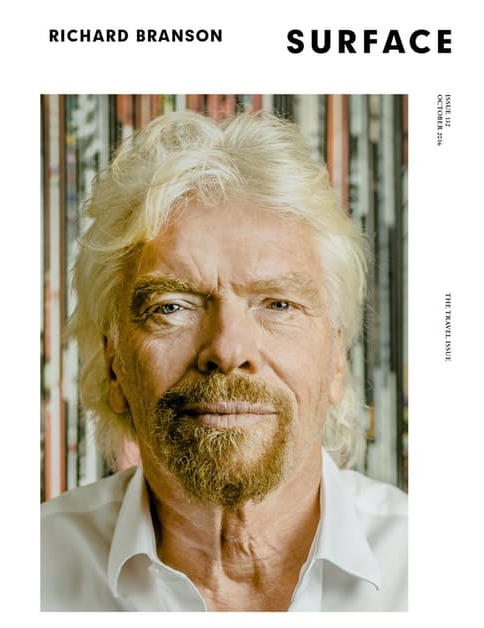Written by: TONY PERROTTET
"Over the last 5 years, the new property laws have also led to a urry of private renovations of mansions surviving from another architectural golden age: the sugar boom years of the late 19th to early 20th centuries. For travelers, the most acces- sible are the paladares (home-spun restau- rants) and casas particulares (family-run hotels). Filmmaker Rafael Rosales, for example, has turned his town house, built in 1919, into Madrigal, a café and meeting spot with bizarre murals and memorabilia from Cuban cinema.
In the district of Playa, three up-and- coming young artists whose work sells in the six gures banded together to renovate a mansion into the slick 331 Art Space, whose crisp white lines and sun- lled sky- lights evoke a gallery in Chelsea. “Things have been busy since The New York Times and Wall Street Journal [both] pro led us,” says Frank Mujica, one of the trio, who cre- ates works of graphite on canvas. “There have been so many visitors that we have to limit access. We need to work some time!”
Nearby, the painter Hector Frank de- signed his own studio addition to his house, in part funded by a successful exhibition at the Chelsea Hotel in New York. Frank, now in his fties, is self-taught, and began making art in the austere Special Period— an era of economic turmoil in the early ’90s, precipitated by the fall of the Soviet Union. As a result, he takes a more ironic view of the fashionable Cuban art scene. His subtle portraits are embedded with found ob- jects from the city streets—sections of old doors, window frames, rusted handles. “I need to nd more garbage,” he says. “These discarded fragments have life, they have history. Havana is a treasure trove.”
This trend of renovating privately is still an experimental eld in Cuba. Architecture is not on the roster of professions permit- ted by the government, so the work must be done with guile. Artisans can now make and sell items like furniture and tiles, but they and interior designers often have lim- ited access to raw materials, so they become experts in improvising. As one designer told me, “This is Cuba. If something is not available, it is really not available!”
Still, I got a sense of the potential when
I dropped by the mansion of Josie Alonzo, a tiny, elderly woman who came to Cuba from Spain seven decades ago and has lived alone since her husband’s death a few years ago. Her rambling home was a Catholic version of house from The Addams Fam- ily, but also an artistic dream: Designers in London, Paris, and New York would kill to recreate her naturally distressed walls and ceilings. I was clearly not the only one fascinated by the house’s eerie beauty. Sit- ting on her dressing room table was a copy of last November’s issue of Vanity Fair. It turned out—in a twist only true to mod- ern Cuba—that Rihanna had been pho- tographed by Annie Liebowitz here for a cover story. “Rihanna was awful!” Señora Alonzo says, as she puttered in the kitch- en. “Such terrible manners. She didn’t say a word to me. But Annie was a wonderful person.” (Rihanna’s spokesperson did not respond to a request for comment.) "

